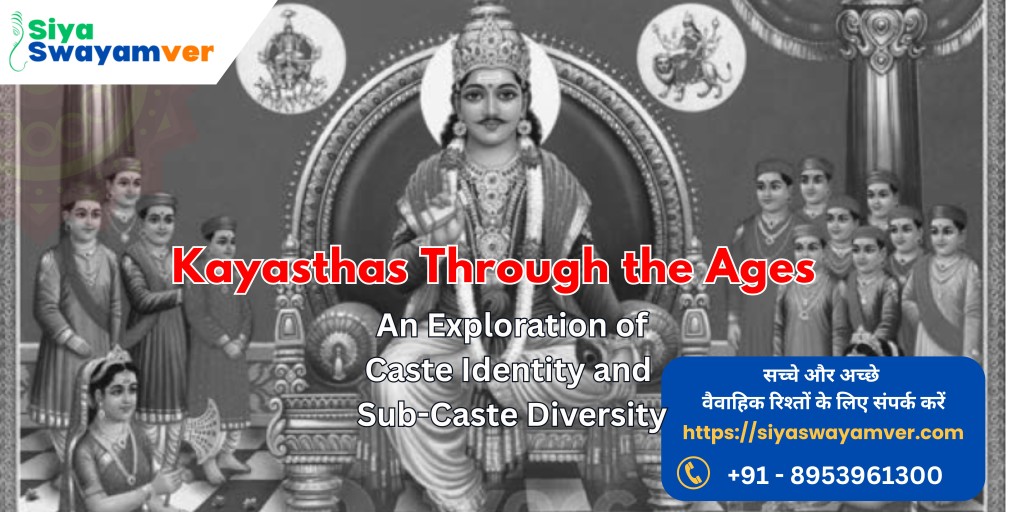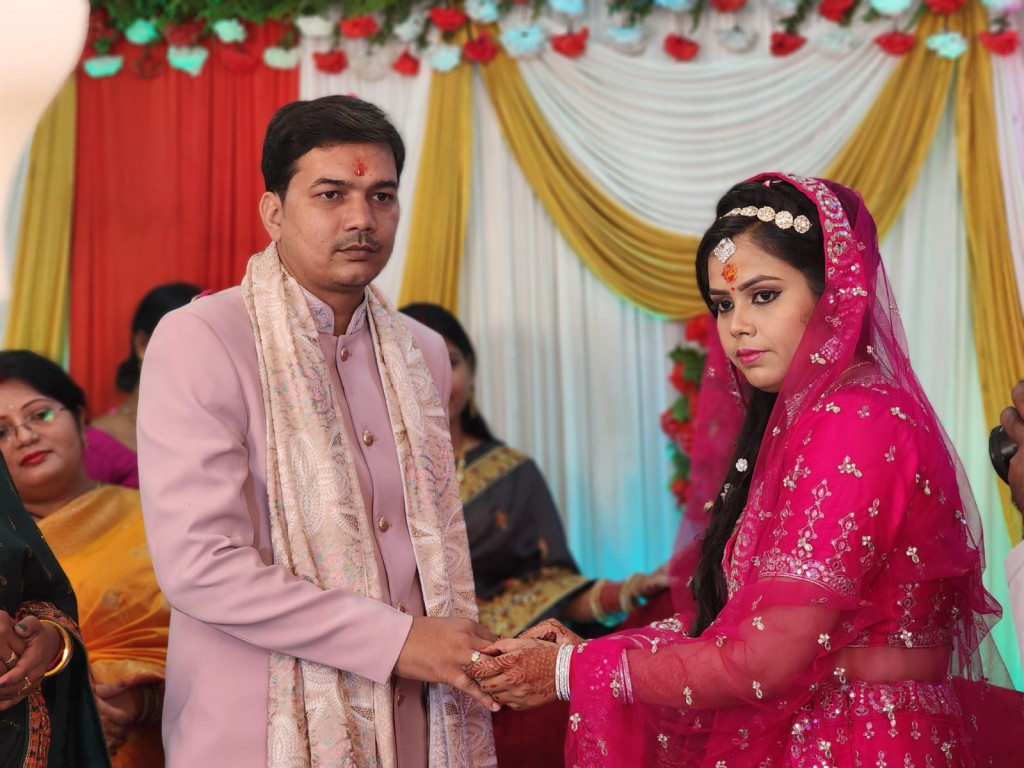Blog Details
Kayasthas Through the Ages: An Exploration of Caste Identity and Sub-Caste Diversity
Thursday 16th January, 2025
🌅 Introduction: A Glimpse into Kayastha Heritage
The Kayastha community, known for its rich cultural heritage and historical significance in India, has played a pivotal role in shaping the socio-political landscape of the subcontinent. With roots tracing back to ancient times, Kayasthas are often recognized as a literate and educated caste, historically associated with administrative roles. This article explores the intricate tapestry of Kayastha identity, examining its evolution over the ages, the diversity of sub-castes, and the socio-cultural dynamics that continue to influence this community today.
📜 Historical Background: Tracing Ancient Origins
The origins of the Kayastha community are somewhat debated among historians. Some sources suggest that they may have descended from the Kshatriya (warrior) class, while others propose a link to the Brahmins (priests) due to their scholarly pursuits. The term "Kayastha" is believed to derive from "Kaya" (body) and "Stha" (to stand), which could imply a role in administration or governance—functions that require both intellect and physical presence.
Historically, Kayasthas were prominent in various dynasties across India, serving as scribes, ministers, and advisors. Their proficiency in languages and administration made them indispensable in royal courts. During the medieval period, especially under Mughal rule, Kayasthas flourished in positions of power, contributing significantly to literature, art, and governance.
🔍 Caste Identity: A Complex and Multifaceted Legacy
Caste identity among Kayasthas is complex and multifaceted. Unlike many traditional castes in India that have rigid hierarchies, the Kayastha community exhibits a more fluid structure. This fluidity is partly due to their historical roles as administrators and scholars, which allowed them to interact with various social strata.
🚀 Social Mobility: Ascending the Social Ladder
One of the defining features of Kayastha identity is social mobility. Historically, many individuals from this community have been able to ascend the social ladder due to their educational achievements and professional success. This phenomenon has contributed to a sense of pride and distinctiveness within the Kayastha community, fostering a belief in meritocracy over hereditary privilege.
🌍 Regional Variations: A Kaleidoscope of Traditions
Kayasthas are predominantly found in North India, particularly in states like Uttar Pradesh, Bihar, Madhya Pradesh, and West Bengal. However, their identity can vary significantly across regions. For instance, the Kayasthas of Uttar Pradesh are often distinguished from those in West Bengal by cultural practices, dialects, and even sub-caste affiliations.
🌳 Sub-Caste Diversity: A Tapestry of Traditions
The Kayastha community is not monolithic; it comprises several sub-castes, each with its unique traditions and histories. The major sub-castes include:
🦸♂️ 1. Suryavanshi (or Suryavansh)
This sub-caste claims descent from the sun god and is often associated with warrior-like qualities. Members of this group traditionally held significant positions in administration and the military.
📚 2. Brahminical Kayasthas
These Kayasthas often emphasize their Brahminical heritage and are known for their scholarly pursuits. They have historically engaged in religious and educational activities.
✍️ 3. Kanyakubj Kayasthas
Predominantly found in northern India, this group has a rich tradition of literature and arts. They have produced many notable poets, writers, and scholars throughout history.
🏞️ 4. Gaharwar Kayasthas
Originating from the Gaharwar region, this sub-caste has a unique identity linked to specific local customs and practices.
🏫 5. Madhya Pradesh Kayasthas
This group has distinct cultural traits influenced by the local traditions of Madhya Pradesh. They often engage in professions related to education and administration.
Each sub-caste within the Kayastha community has its rituals, festivals, and social practices that reflect regional influences and historical contexts.
💼 Contemporary Issues: Navigating Modern Challenges
In modern times, the Kayastha community faces several challenges and transformations. The advent of globalization and changing socio-economic dynamics have led to shifts in traditional roles. While many Kayasthas continue to excel in education and administration, there is an increasing trend towards entrepreneurship and diverse professional fields.
📜 Affirmative Action Policies
The introduction of affirmative action policies in India has also impacted the Kayastha community. As a relatively privileged caste historically, some members face scrutiny regarding their socio-economic status in light of reservation policies aimed at uplifting marginalized communities.
🎨 Cultural Preservation
Despite these challenges, there is a growing movement within the Kayastha community to preserve cultural heritage through literature, art, and festivals. Organizations dedicated to promoting Kayastha culture are increasingly active, aiming to celebrate their unique identity while fostering unity among different sub-castes.
🌟 Conclusion: Celebrating a Legacy of Excellence
The Kayastha community's journey through history is a testament to resilience, adaptability, and intellectual prowess. With a rich legacy rooted in administrative excellence and cultural contributions, Kayasthas continue to navigate the complexities of modern society while honoring their diverse sub-caste identities. As they evolve with changing times, their commitment to education and socio-cultural preservation remains steadfast, ensuring that their rich heritage endures for generations to come.
In exploring Kayastha identity through the ages, we gain valuable insights into the broader tapestry of Indian society—one that reflects the interplay of history, culture, and social dynamics that shape our understanding of community and belonging.
Are You Searching for Kayastha Brides or Groom Feel free to explore Siyaswayamver and find your perfect match!
Register Free at Siyaswayamver Best Kayastha Matrimony







